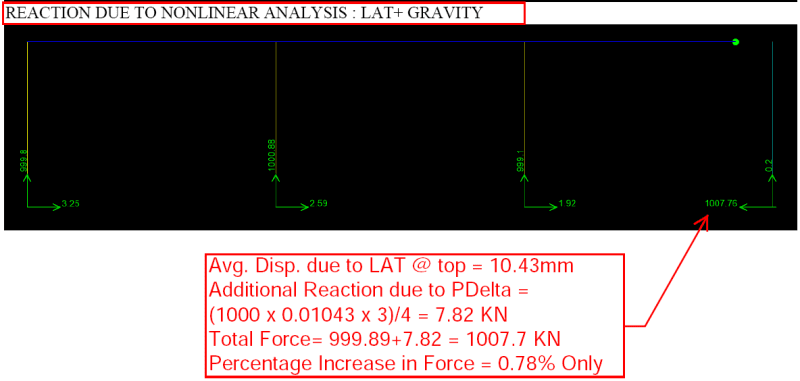struggle67
Structural
Hi, it is me again. ![[smile] [smile] [smile]](/data/assets/smilies/smile.gif)
In a concrete building with shear walls, do your columns and beams take lateral loads in these cases (a) wind only (b) wind + seismic? In where I practice, I always heard people say that they let their shear-walls take all lateral loads, and columns are only designed for pure gravity loads. Do you guys do that for your building's design? How do guys do that in your software model? Pinned all column and beam connections or reduce stiffnesses in a separate model created just to design walls without contribution from columns and beams?
I know that there is this requirement in Eurocodes “columns that are not part of the lateral load resisting system shall be designed to maintain the support of gravity loads under the most adverse displacements and deformations imposed on them in the seismic design situation”. By the way, does commercial software check and account for this?
Should column and beam frames take lateral load according to their relative lateral stiffness?
![[smile] [smile] [smile]](/data/assets/smilies/smile.gif)
In a concrete building with shear walls, do your columns and beams take lateral loads in these cases (a) wind only (b) wind + seismic? In where I practice, I always heard people say that they let their shear-walls take all lateral loads, and columns are only designed for pure gravity loads. Do you guys do that for your building's design? How do guys do that in your software model? Pinned all column and beam connections or reduce stiffnesses in a separate model created just to design walls without contribution from columns and beams?
I know that there is this requirement in Eurocodes “columns that are not part of the lateral load resisting system shall be designed to maintain the support of gravity loads under the most adverse displacements and deformations imposed on them in the seismic design situation”. By the way, does commercial software check and account for this?
Should column and beam frames take lateral load according to their relative lateral stiffness?


![[angel] [angel] [angel]](/data/assets/smilies/angel.gif)



